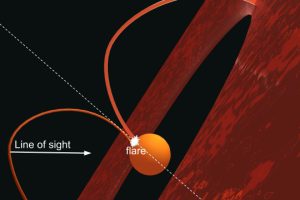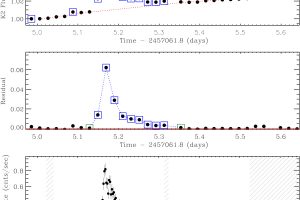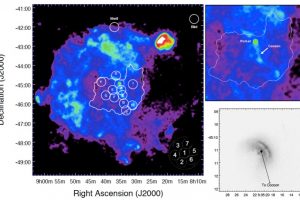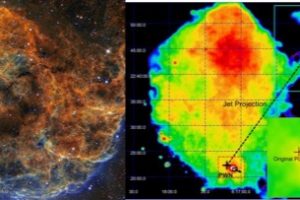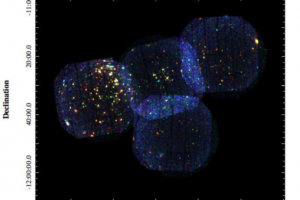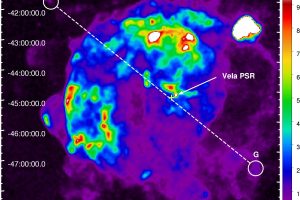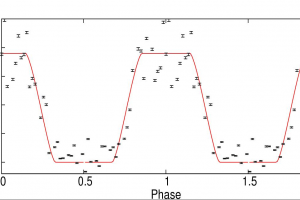Rotation and magnetic activity in M stars. The study: “HADES RV Programme with HARPS-N at TNG. X. The non-saturated regime of the stellar activity-rotation relationship for M dwarfs” of E. González-Álvarez (INAF-OAPA) recently appeared on A&A
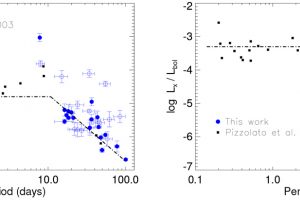
Stellar X-ray emission arises from their corona, which is the outer part of stellar atmosphere with low-density high-temperature (up to million degrees) plasma. Even if we lack a fully understanding of the details, we know that the intensity of stellar X-ray emission depends on the intensity and the morphology of stellar magnetic field. The interior of stars of FGK
» Read more
